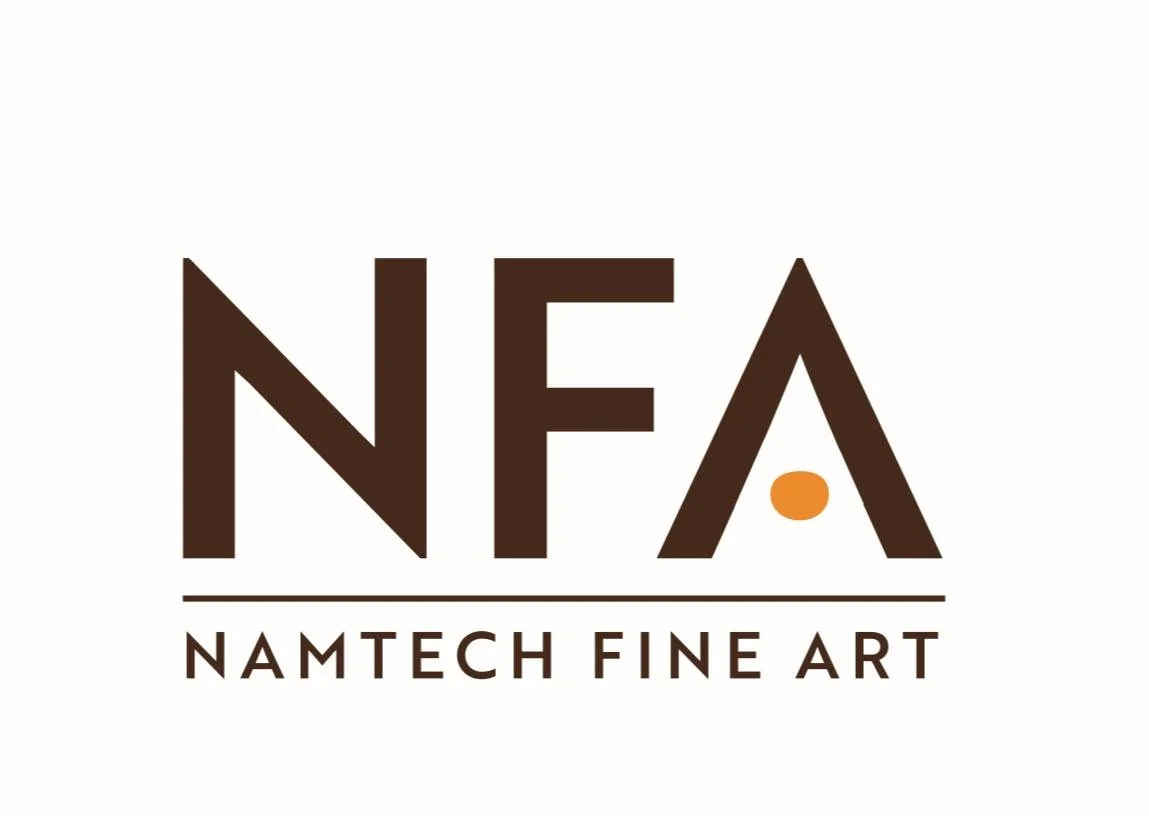Sculpted: From Paint to Patina
Five of India's modern art masters—Thota Vaikuntam, Krishen Khanna, Jogen Chowdhury, Madhvi Parekh, and Manu Parekh—have participated in the sculptural explorations born of their own visual associations with viewers over many decades through the images that they have created in their own distinctive style. This very recognizable style and figuration has been the inspiration and foundation of this exhibition. This project is the first phase of bronzes that were created and exhibited in 2019. The delight and enhanced involvement of this group of artists in exploring varied forms of sculpture has continued since. They have managed to bridge the gap between painting and sculpture and translate two-dimensional paintings into bronze sculptures that celebrate both form and fervour.
Proponents of the human figure as seen in daily life and narratives that go back to Indian mythology. These artists are masters of the realms of their own fantasy. While all are painters, their relentless creativity has explored the potential of seeing their artworks in a new dimension. A two-dimensional figure on a canvas has many hidden aspects that are left to the imagination. These three-dimensional bronzes not only bring the paintings to life and extend to a more physical form but also act as an impetus to the artist to create the remainder of the image; a fresh imagination in continuum, exploring multiple views of perception.
To create the bronzes the artists had to collaborate with skilled artisans to recreate the figures from every angle; not just the already painted front but also the 'invisible' sides and back of the figure. This provided the artists an exciting opportunity to look at their paintings afresh and constantly visit aspects they had not attended to previously.
This project was completed in collaboration with Bronze Age London, a leading sculpture casting foundry in the UK, resulting in the production of these exceptional bronzes. Sculpted turned into a symbiotic association between the artists, skilled craftsmen, and Bronze Age London that resulted in this quality of bronze sculptures and relief works.
Once the final model was created, and passed the rigorous vetting of the artist, the model was signed by the respective artist and sent to London to be cast in bronze. The lost wax process was used to create the highest quality bronze casting. The smaller bronze relief sculptures have been pressure cast to achieve the desired result at the South London Foundry.
The final task was ensuring that the patination of these bronzes was in line with the artists' overall colour palette. Since patina is not like paint, it has its limitations with regard to the extent and tones of colours that can be used. The interaction of different combinations of chemicals at a high temperature on the finished bronze causes it to react and change colour to achieve the desired finish. This is a rare skill and the variation of colour that was required for these pieces meant that special technicians had to be hired by the foundry to complete this crucial and challenging step. Some of the artists specially painted the desired patina output options with varied colour patterns, which was used as reference to ensure that the final pieces were as much in line with the artist's vision as it was technically possible. Each piece was then accompanied by a certificate signed jointly by the artist and the foundry, completing this momentous collaboration.
This book is an ode to the sculptural identities of India's modern art masters. It manifests the potential for spatial exploration. Indeed, the universe was meant for the creation of what we once couldn't imagine.
